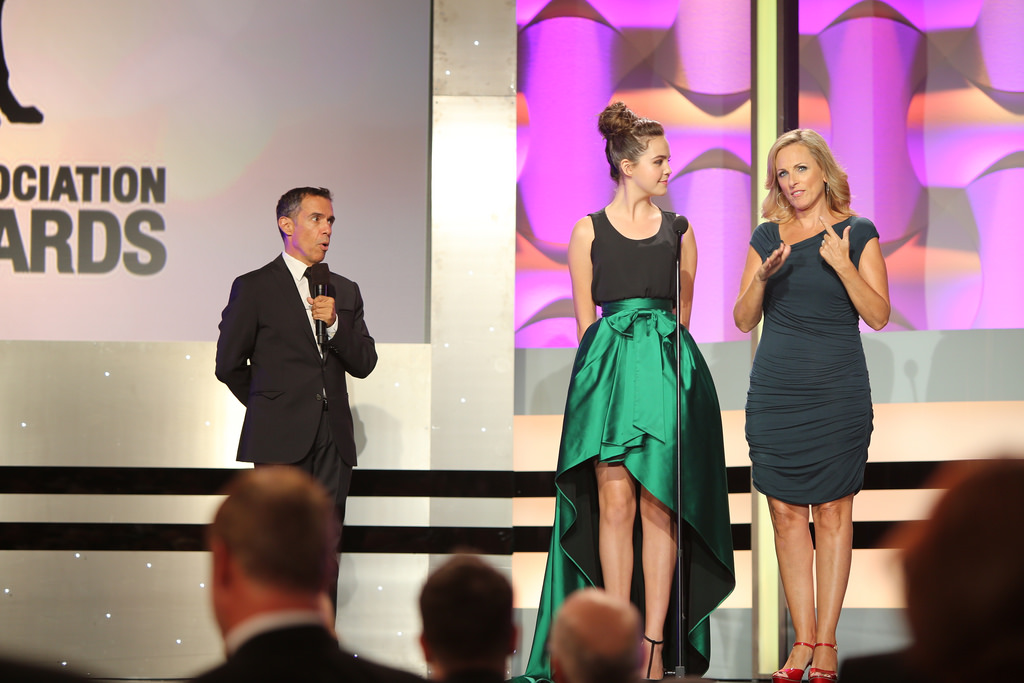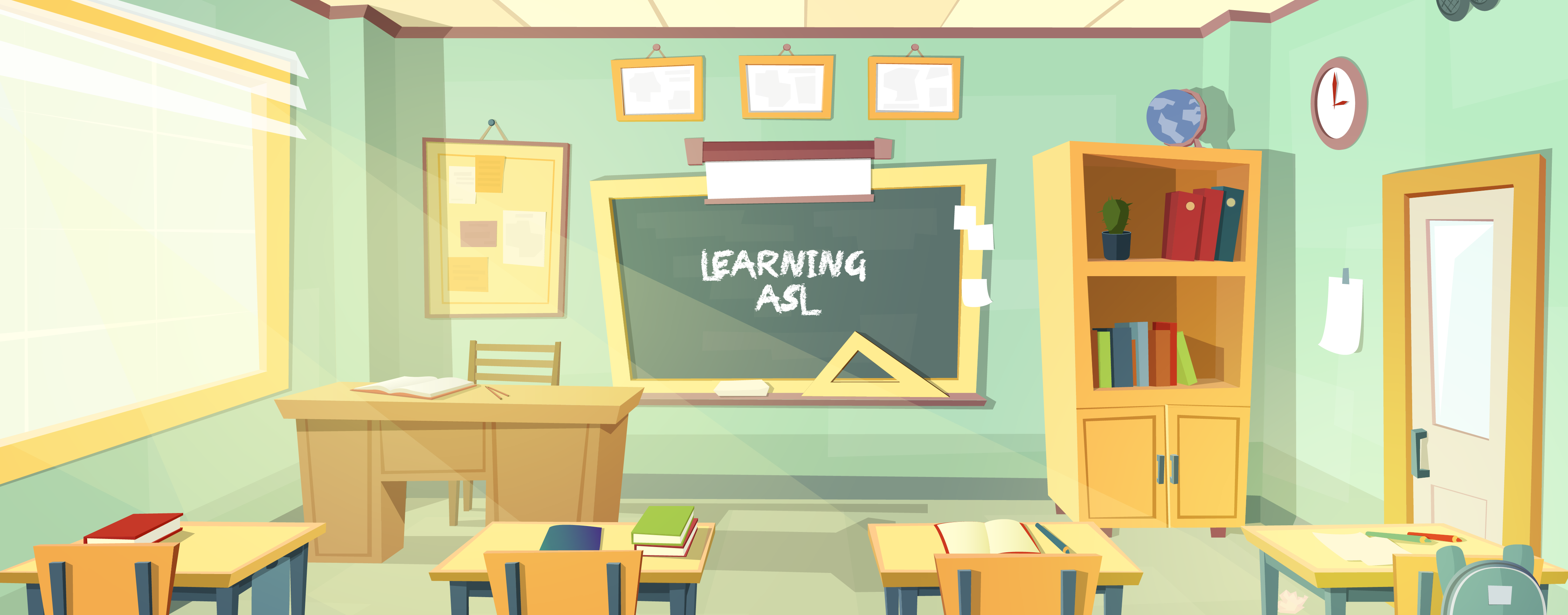Spotlight: Marlee Matlin

One of the most famous deaf Americans is the actress Marlee Matlin. At the age of 18 months, she lost all hearing in her right ear and 80% of the hearing in her left ear. She began her acting career at the age of 7, portraying Dorothy in the International Center on Deafness and the Arts' (ICODA) production of the Wizard of Oz. She was later discovered at ICODA by actor Henry Winkler. She has appeared in 18 movies and 3 videos. In 1986, she won the Academy Award for Best Actress for her role as Sarah Norman in the movie Children of a Lesser God. She has also appeared in 45 television shows, which includes series regular and/or starring roles on the shows Reasonable Doubts, Picket Fences, The West Wing, The L Word, Celebrity Apprentice, Switched at Birth and Quantico. She has written four books, and is a prominent activist in the deaf community.

